According to the Ministry of Transport , this is a necessary roadmap to complete the goal of developing urban railways in Hanoi and Ho Chi Minh City in accordance with the direction in Conclusion No. 49-KL/TW.
Commenting on the investment in the construction of urban railway systems in Hanoi and Ho Chi Minh City, the Ministry of Planning and Investment said that the Master Plan for investment in the construction of urban railway systems in Hanoi and Ho Chi Minh City has pointed out the objective and subjective causes leading to difficulties, causing the implementation of urban railway projects to not meet the progress requirements.
However, the ministry also noted that the Ministry of Transport and cities need to review and supplement subjective and objective causes related to political determination; direction and management of all levels and sectors; untimely implementation of projects; priority goals for urban railway development; legal basis; lack of synchronization of mechanisms and policies leading to poor quality of project preparation, delays in project implementation, etc.
Clarifying the plan to mobilize 174.06 billion USD in capital
In addition, according to the Ministry of Planning and Investment, it is necessary to clarify the capital mobilization plan and the impact on national financial indicators of the plan to cover the urban railway network in Hanoi and Ho Chi Minh City.
It is estimated that the total investment capital demand for developing the urban railway network in the two cities by 2035 is very large, requiring about 174.06 billion USD, including 145.26 billion USD for investment and construction needs and 28.8 billion USD for operation and exploitation.
However, the Ministry of Planning and Investment said that the plan to mobilize investment capital for urban railway projects depends on the decision to choose technology in the case of mobilizing ODA capital or borrowing export credit because partners often apply binding loan conditions (with technology).
Therefore, the two big cities need to carefully consider investment capital mobilization plans to ensure maximum ability to master technology, operate and exploit urban railway lines.
For Hanoi, to invest in the urban railway system from now until 2045 is about 66.38 billion USD. The city can mobilize about 57.77 billion USD, still short of 8.61 billion USD compared to the investment demand and expected to be compensated by the central budget support.
Meanwhile, the preliminary total investment capital demand of Ho Chi Minh City until 2035 is about 34.92 billion USD. Ho Chi Minh City has balanced 25.17 billion USD and requested the Central Government to support with a target of about 9.75 billion USD.
Thus, the total capital demand that the two cities proposed from the central budget until 2035 to develop urban railways is about 18.36 billion USD.
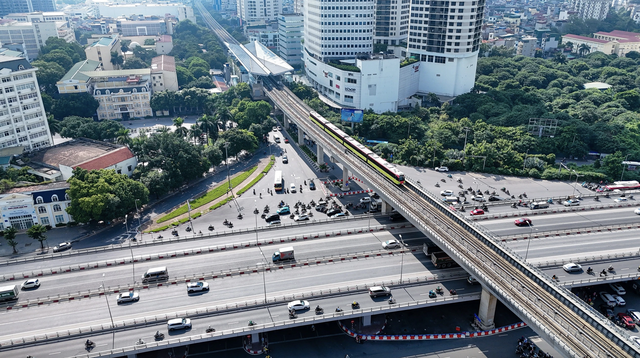
Nhon - Hanoi Railway Station is the second urban railway line of Hanoi to operate.
Through a preliminary review, the Ministry of Planning and Investment believes that the data on investment needs and capital mobilization capacity are not consistent; no method or basis for preliminary calculation of investment needs and capital mobilization capacity is provided.
In addition, the central budget support for Hanoi and Ho Chi Minh City to invest in metro needs to be considered in the context of the North-South high-speed railway project and other standard gauge railway lines such as Dong Dang - Hanoi, Lao Cai - Hanoi - Hai Phong... which are also expected to be invested in the period 2026 to 2035.
Agreeing on the need for specific mechanisms and policies to create a breakthrough in metro urban railway investment in the coming time, to ensure the investment process according to Conclusion No. 49-KL/TW of the Politburo, the Ministry of Planning and Investment also requested the Ministry of Transport and the two cities to review, make clear proposals, and report to competent authorities.
In particular, pay attention to analyzing, controlling and handling risks of metro projects when capital mobilization plans are not feasible or when financial plans do not meet targets, leading to having to compensate for losses, revenue not being enough to cover operating costs or technical factors appearing but lacking a legal basis to handle during the construction process, leading to delays.
Thanhnien.vn
Source: https://thanhnien.vn/174-ti-usd-phu-kin-metro-ha-noi-va-tphcm-bao-gio-kha-thi-18524090308241911.htm






![[Photo] Discover unique experiences at the first World Cultural Festival](https://vphoto.vietnam.vn/thumb/1200x675/vietnam/resource/IMAGE/2025/10/11/1760198064937_le-hoi-van-hoa-4199-3623-jpg.webp)













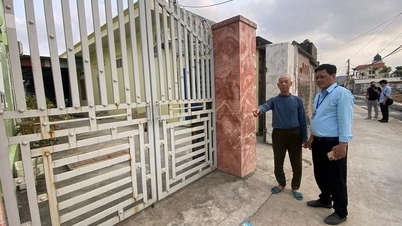
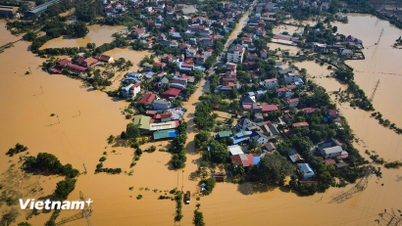
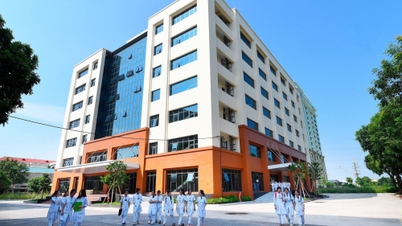




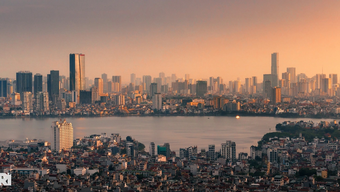


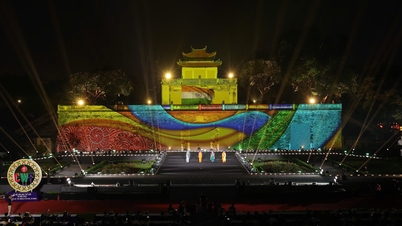


![[Photo] Opening of the World Cultural Festival in Hanoi](https://vphoto.vietnam.vn/thumb/1200x675/vietnam/resource/IMAGE/2025/10/10/1760113426728_ndo_br_lehoi-khaimac-jpg.webp)
![[Photo] General Secretary attends the parade to celebrate the 80th anniversary of the founding of the Korean Workers' Party](https://vphoto.vietnam.vn/thumb/1200x675/vietnam/resource/IMAGE/2025/10/11/1760150039564_vna-potal-tong-bi-thu-du-le-duyet-binh-ky-niem-80-nam-thanh-lap-dang-lao-dong-trieu-tien-8331994-jpg.webp)
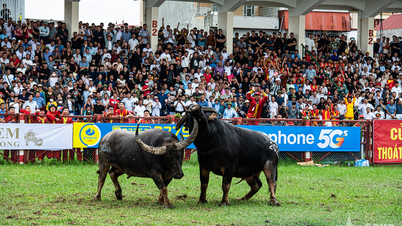





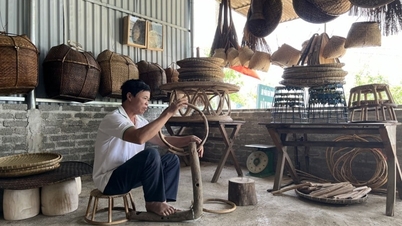











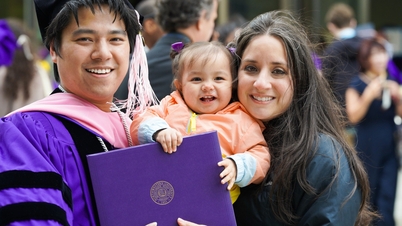


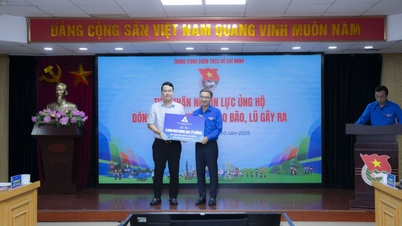


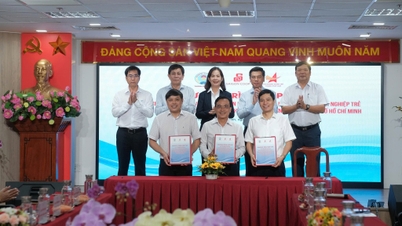




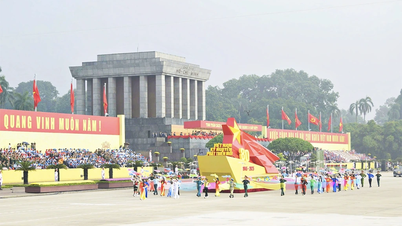




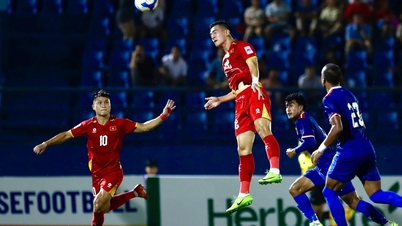
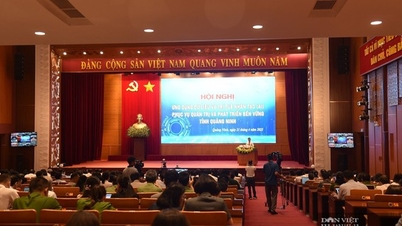



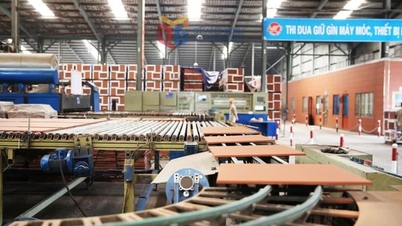

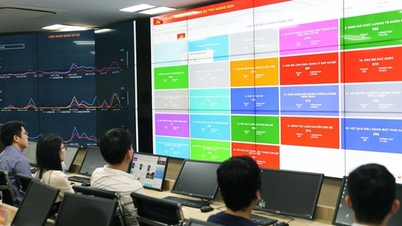
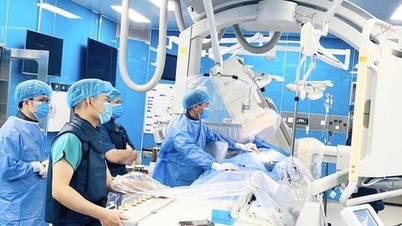
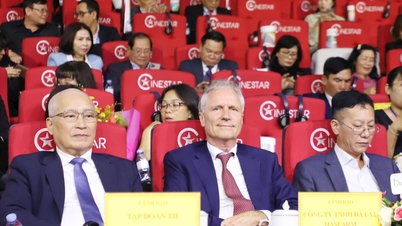



















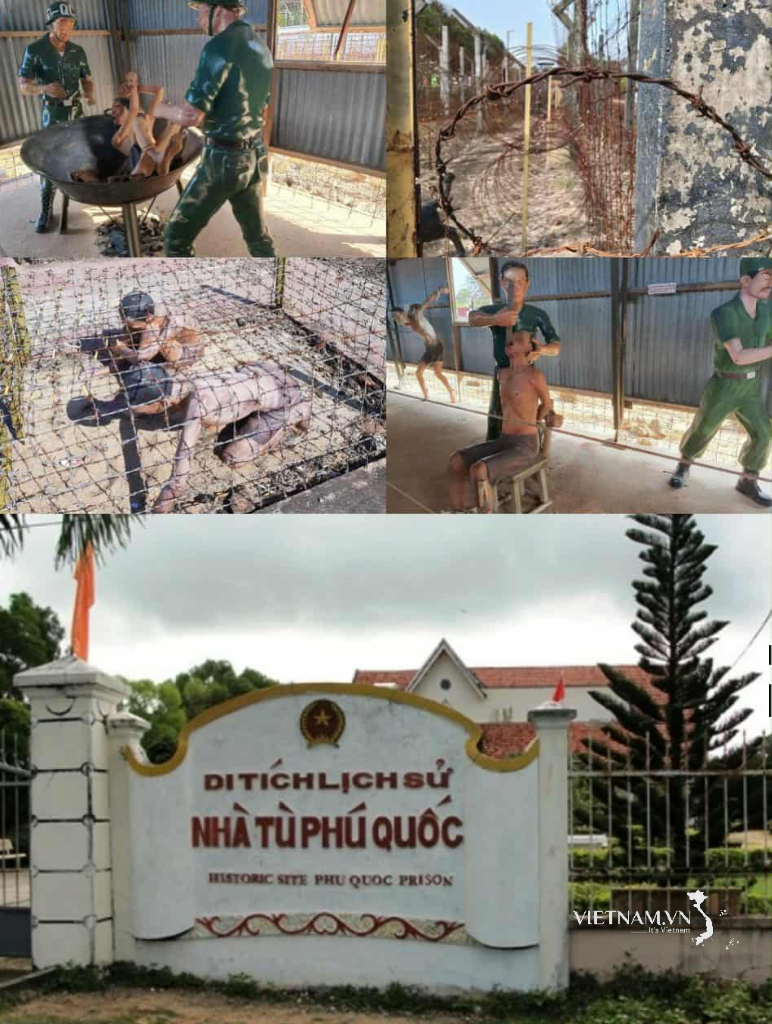


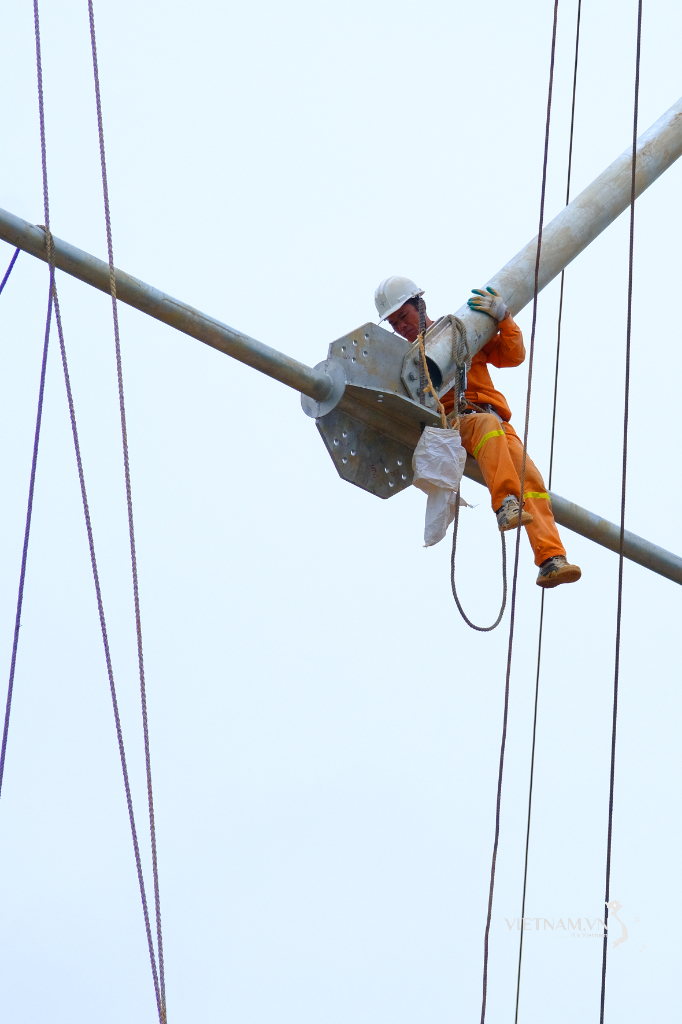
Comment (0)